# ডেলিভারী চার্জ ঢাকা মেট্রো এর ভিতরে ৬০/- টাকা ও ঢাকা মেট্রো এর বাইরে সুন্দরবন কুরিয়ারে নিলে ডেলিভারী চার্জ ৯৫/- টাকা, এস এ পরিবহনে নিলে ডেলিভারী চার্জ ১৫০/- টাকা।
- # শুধুমাত্র ঢাকা মেট্রোপলিটনের ভিতরে সম্পূর্ণ ক্যাশ অন ডেলিভারীতে পণ্য নেয়া যাবে।
# ঢাকা মেট্রোপলিটনের বাইরে ক্যাশ অন ডেলিভারীতে পণ্য নিতে চাইলে অগ্রীম ১০০/- টাকা বিকাশ এর মাধ্যমে পেমেন্ট করে নিতে হবে। সুন্দরবন কুরিয়ারে শুধুমাত্র জেলা সদর ব্যতীত অন্য জায়গায় নিতে চাইলে সম্পূর্ণ মূল্য অগ্রীম প্রদান করতে হবে, সুন্দরবন কুরিয়ারে জেলা সদরে ক্যাশ অন ডেলিভারী হবে এবং এস এ পরিবহনে যেকোনো শাখায় ক্যাশ অন ডেলিভারী হবে। বিকাশ নাম্বার: 01677260792 (Personal- Select “Send Money” option)
# প্রোডাক্টের অর্ডার স্টক থাকা সাপেক্ষে ডেলিভারি করা হবে। অর্ডার কনফার্মেশনের পরেও অনিবার্য কারনবশত স্টক শেষ হয়ে গেলে, আপনাকে তা কাস্টমার সাপোর্ট থেকে ফোন করে জানানো হবে।
- # ৭২ ঘন্টার মধ্যে ঢাকা মেট্রোপলিটন সহ বাংলাদেশের যেকোনো জায়গায় আপনার অর্ডার করা পণ্য পৌছে যাবে।
# Delivery charge is 60 Taka for inside Dhaka Metro and 95 Taka for Sundarban courier outside Dhaka Metro, 150 Taka for SA Paribohon.
# Products can be taken in full cash on delivery only within Dhaka Metropolitan.
# If you want to buy goods on cash on delivery outside Dhaka Metropolitan, you have to pay 100 Taka in advance through bKash.
# If stock runs out due to unavoidable reasons even after order confirmation, you will be notified by phone from our Customer Support.
# Your ordered product will reach anywhere in Bangladesh including Dhaka Metropolitan within 72 hours.


 AC Pump
AC Pump Air Pump
Air Pump DC Solar Pump
DC Solar Pump Brushless Motor
Brushless Motor Stepper Motor
Stepper Motor Servo Motors
Servo Motors AC Synchronous Motor
AC Synchronous Motor Linear Actuator Motor
Linear Actuator Motor
 Audio Amplifier
Audio Amplifier Convertor Boards
Convertor Boards Microcontroller
Microcontroller Motor Driver
Motor Driver Relay
Relay Voltage Regulator
Voltage Regulator
 Charger & Power Supply
Charger & Power Supply Battery Holder Case
Battery Holder Case Li-Po Battery
Li-Po Battery Lithium iron phosphate battery
Lithium iron phosphate battery Solar Panel & Inverter
Solar Panel & Inverter
 3D Printer Parts
3D Printer Parts Body Chassis
Body Chassis CNC Parts
CNC Parts Gears – Gearboxes
Gears – Gearboxes Hub – Motor – Wheel Coupler
Hub – Motor – Wheel Coupler Motor Holders
Motor Holders Enclosures & Cases
Enclosures & Cases Wheels – Shafts
Wheels – Shafts
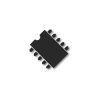

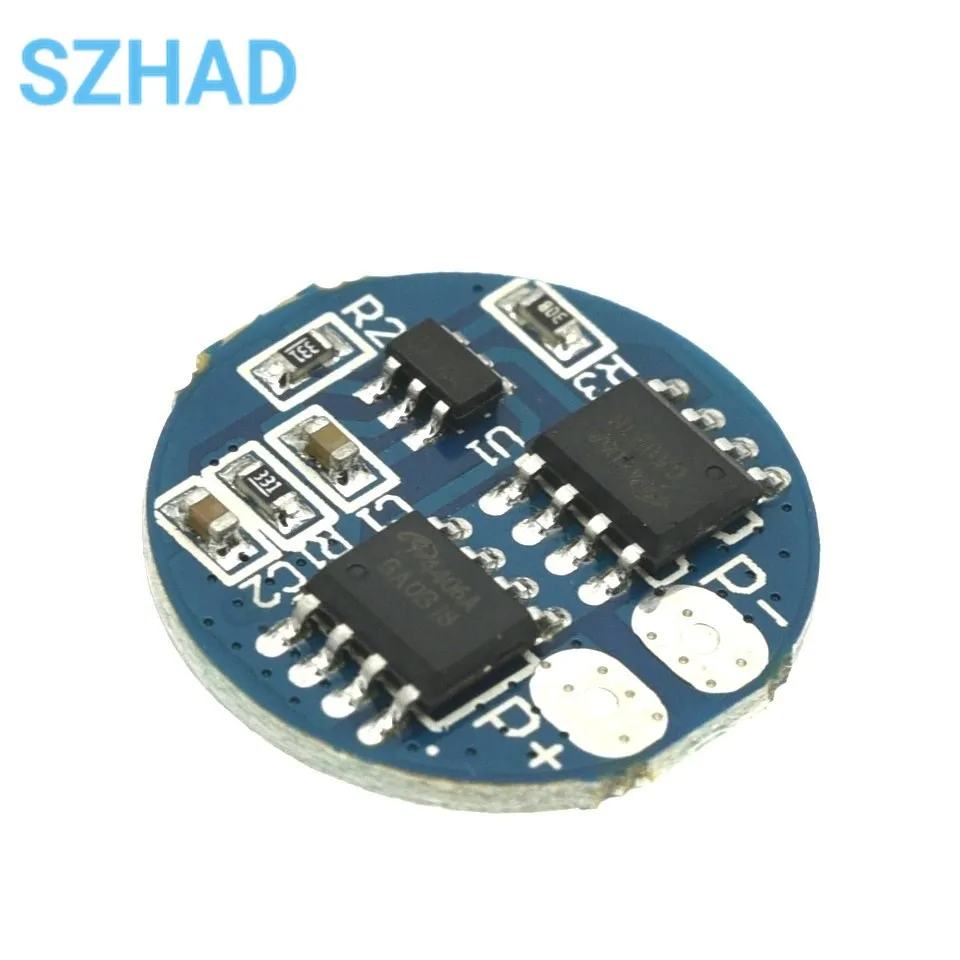
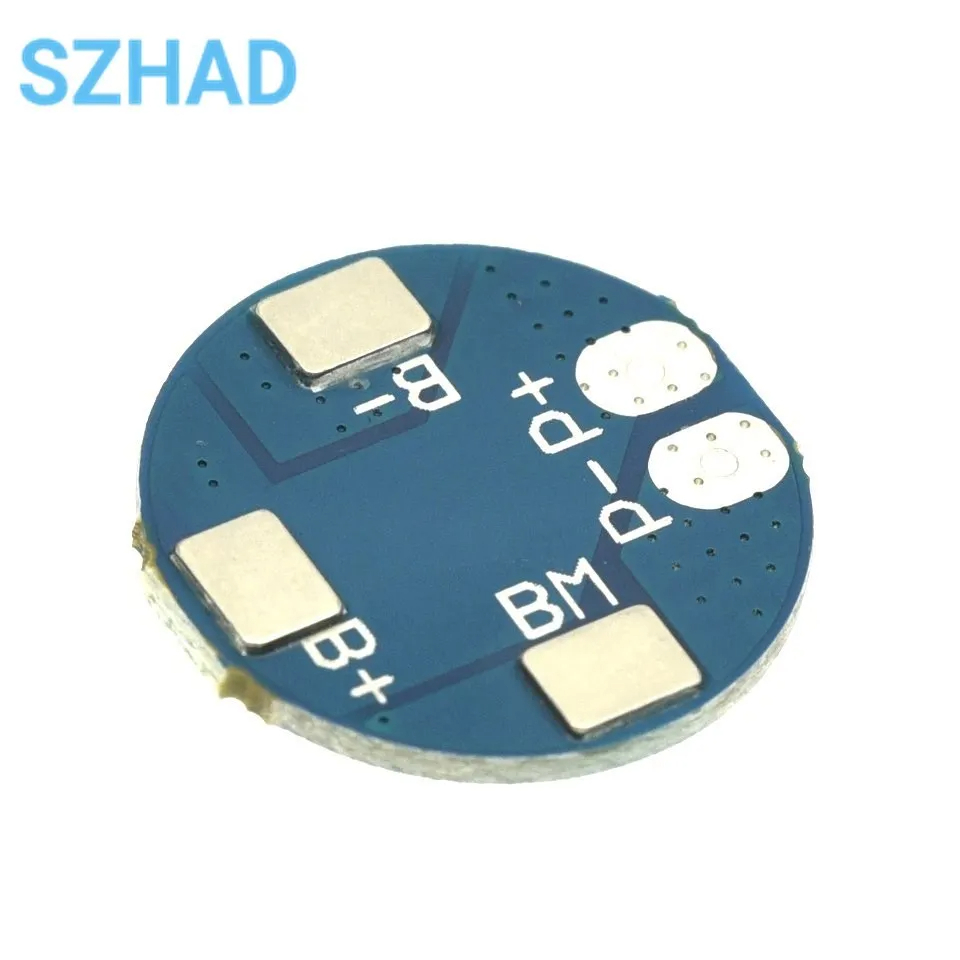
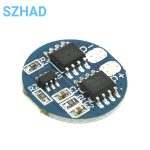
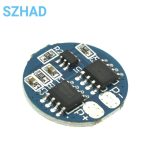
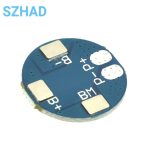
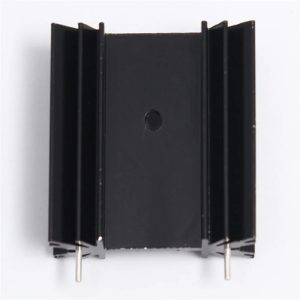
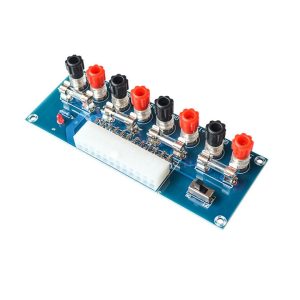
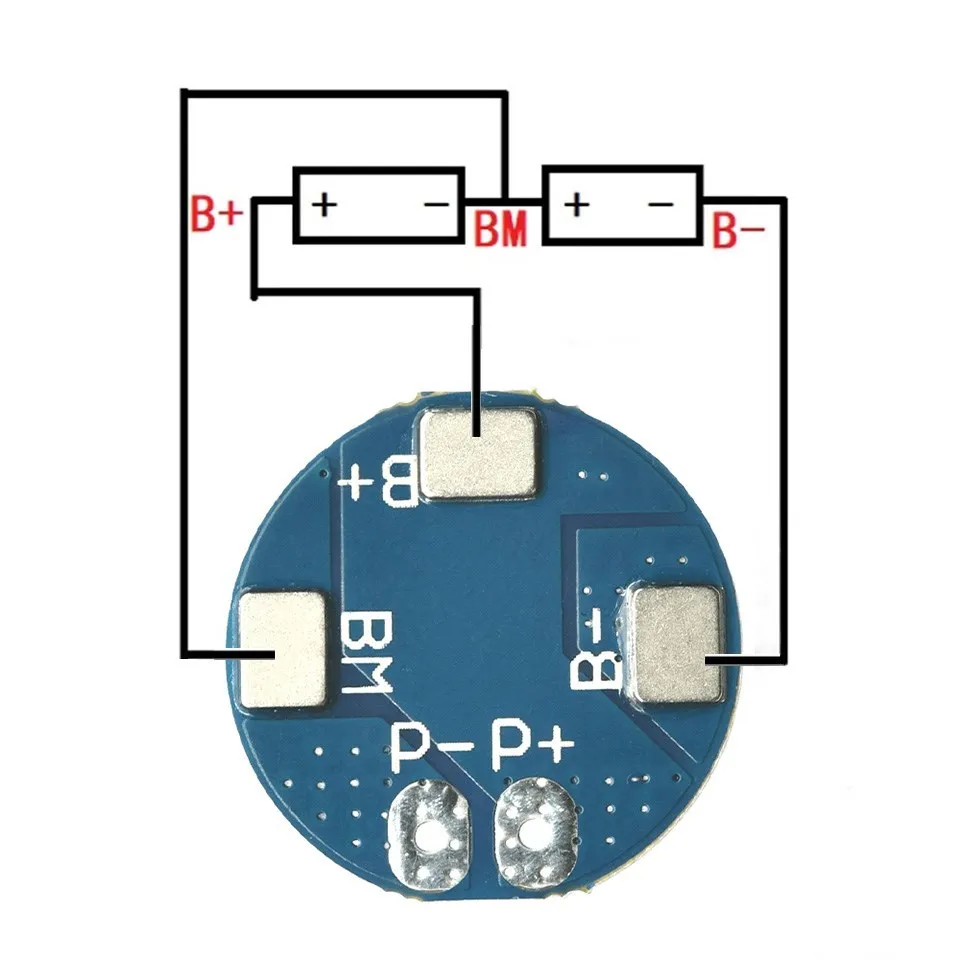

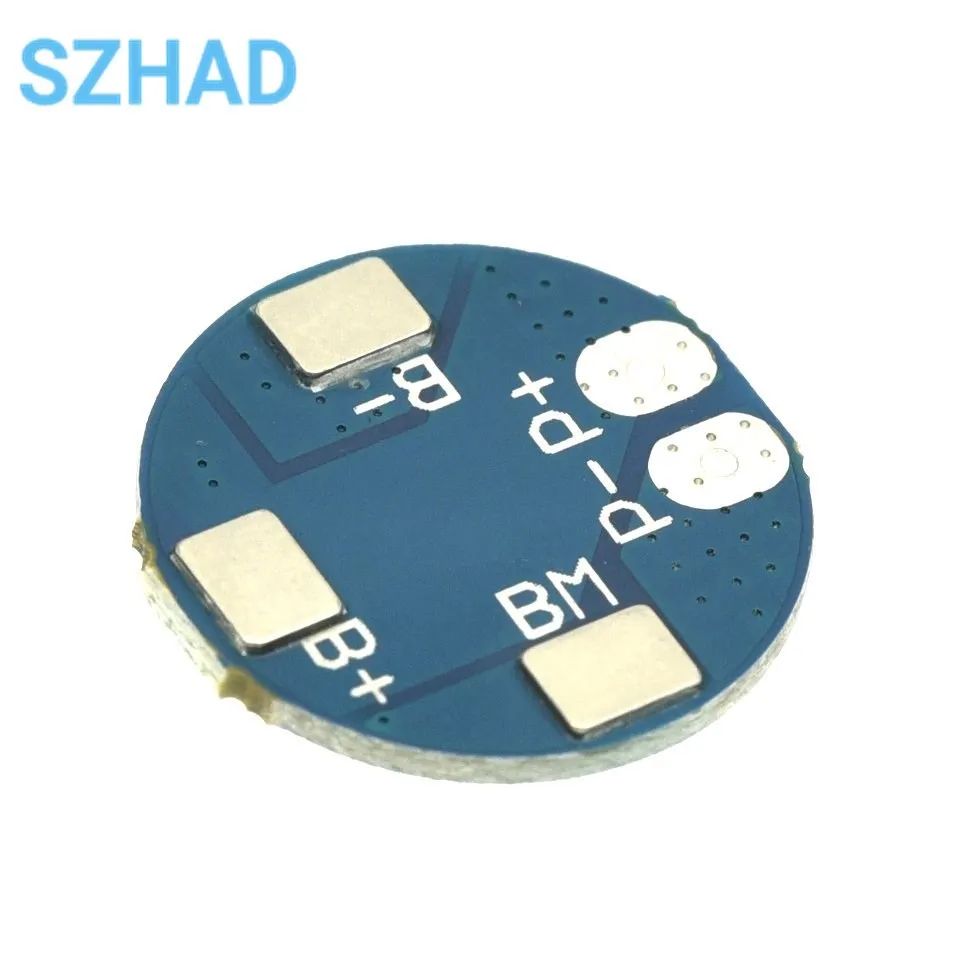
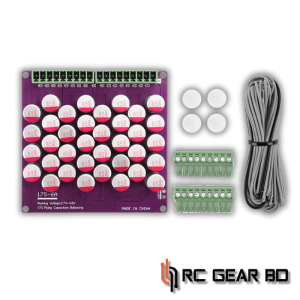
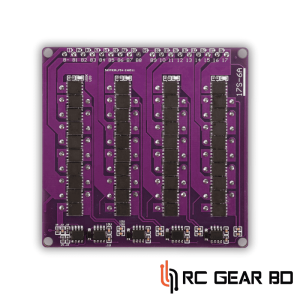


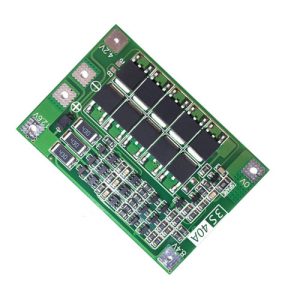
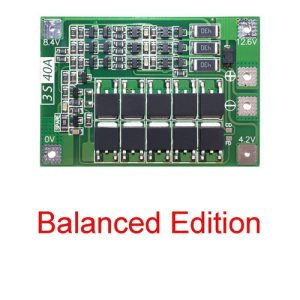


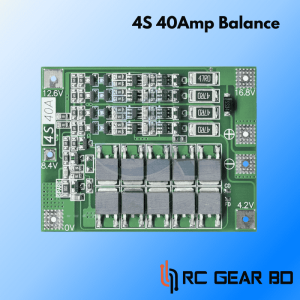

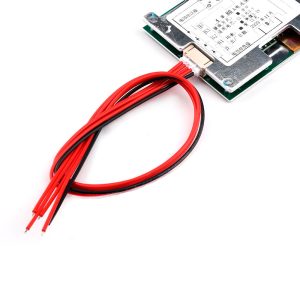


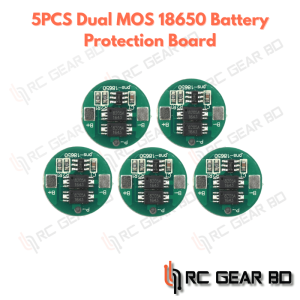
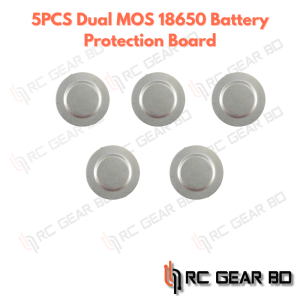
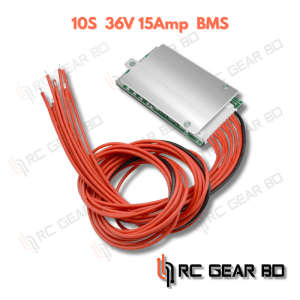
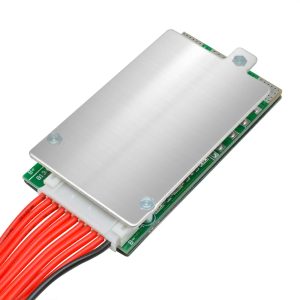
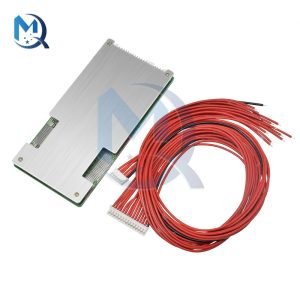
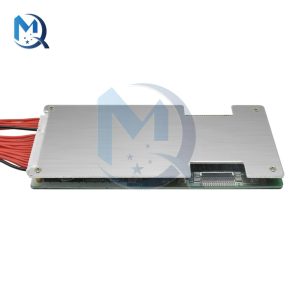
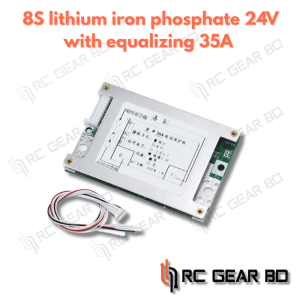
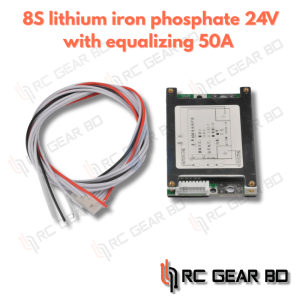
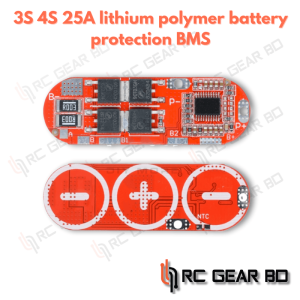
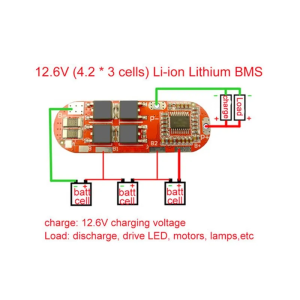
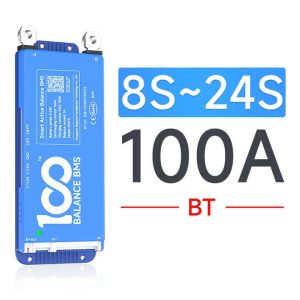
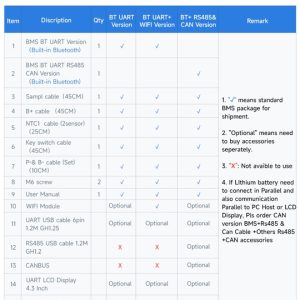


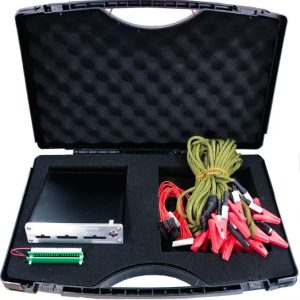
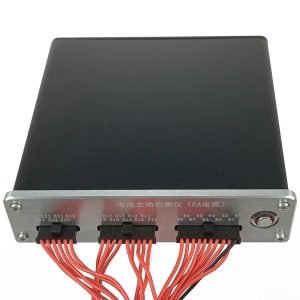
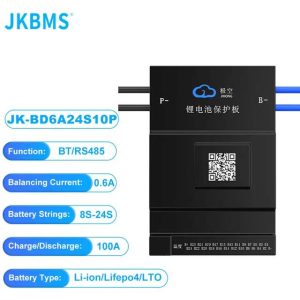
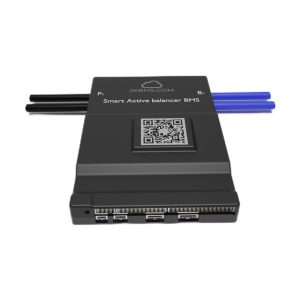

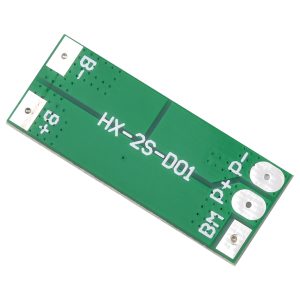
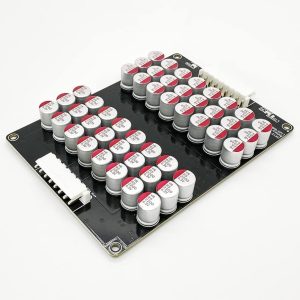
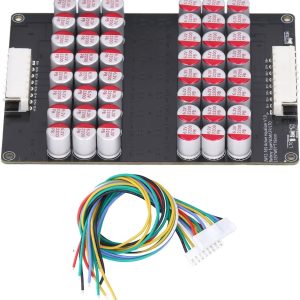
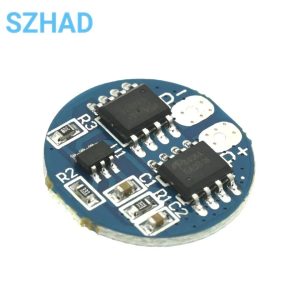
Reviews
There are no reviews yet.